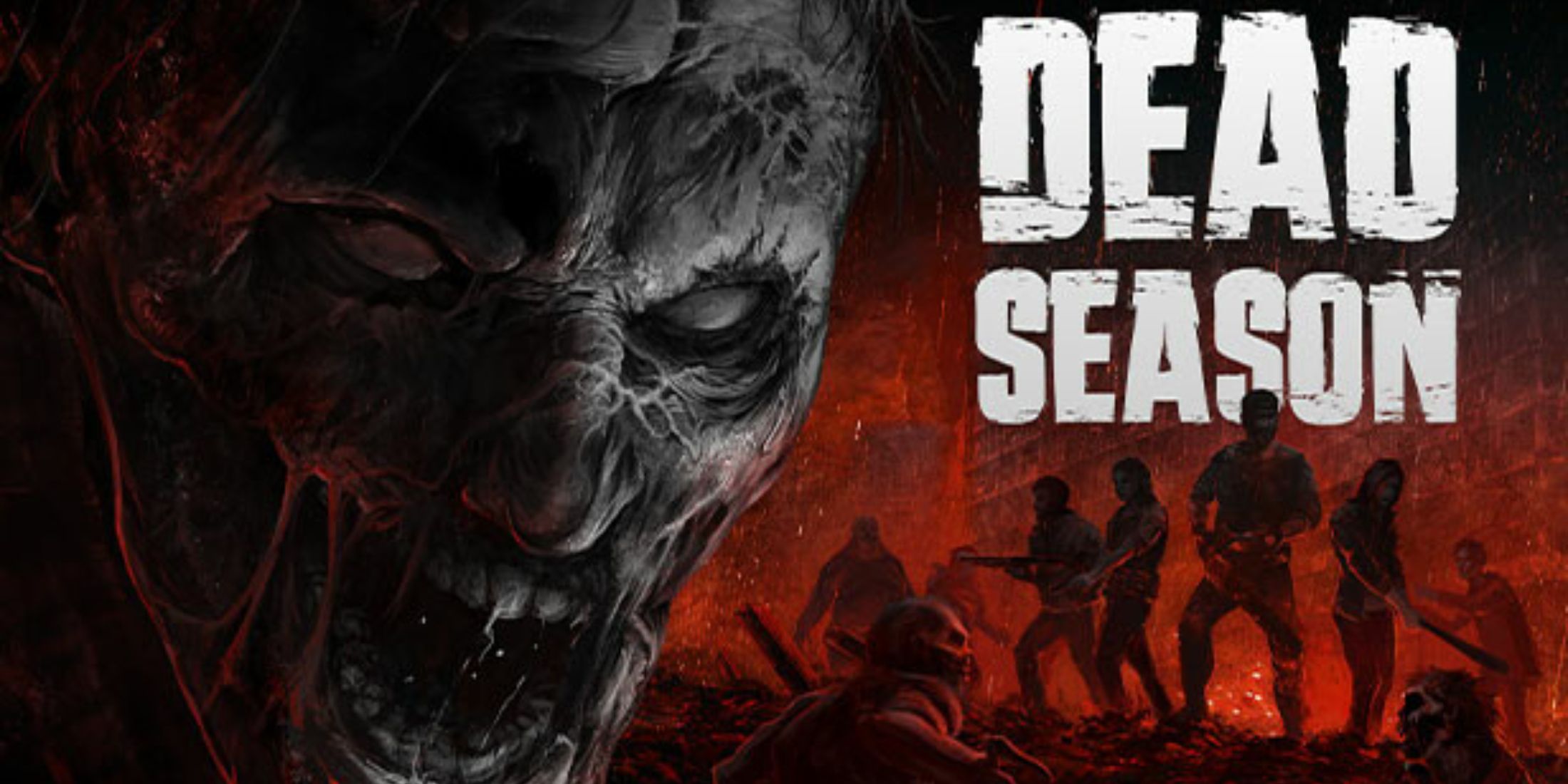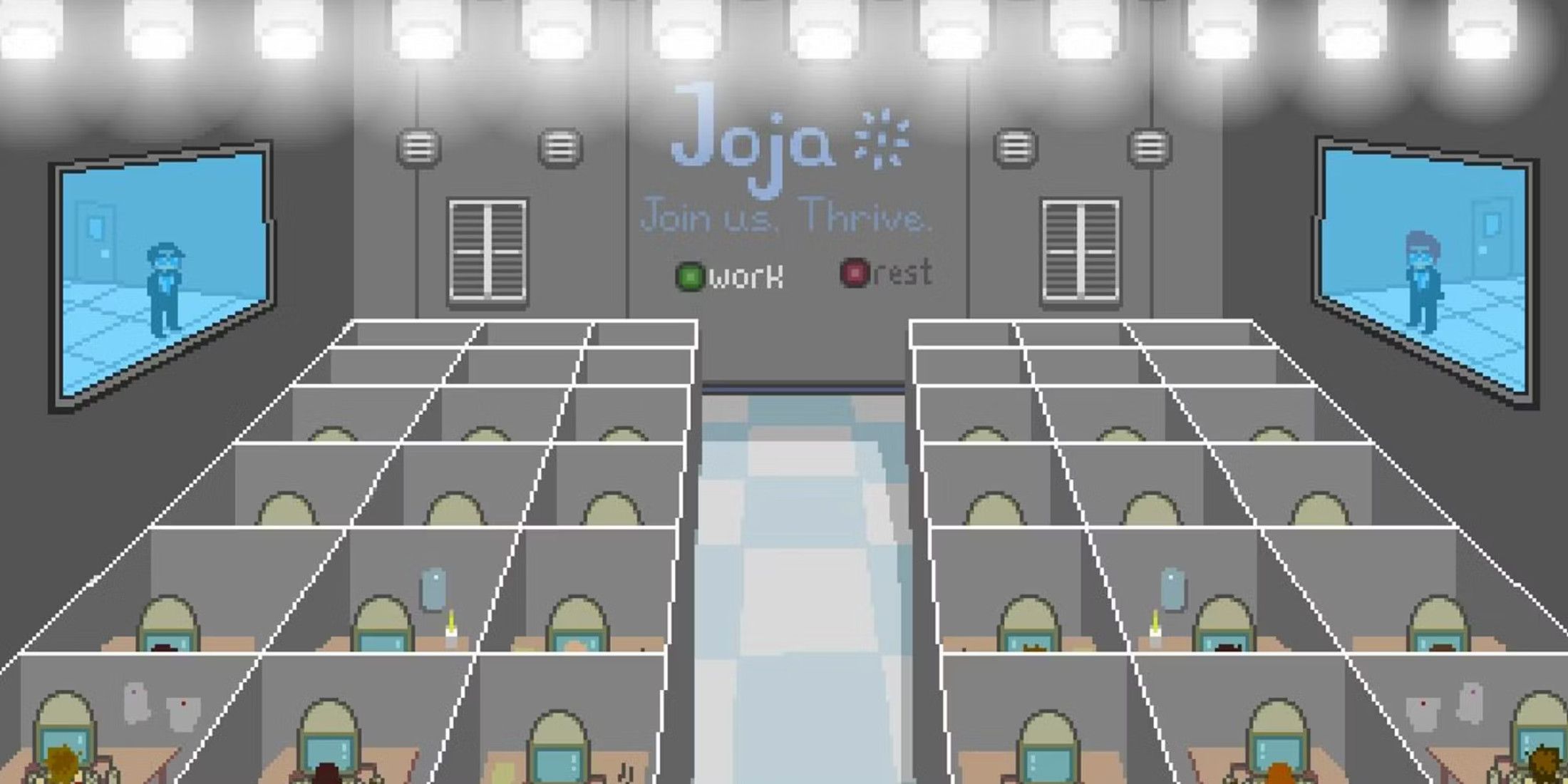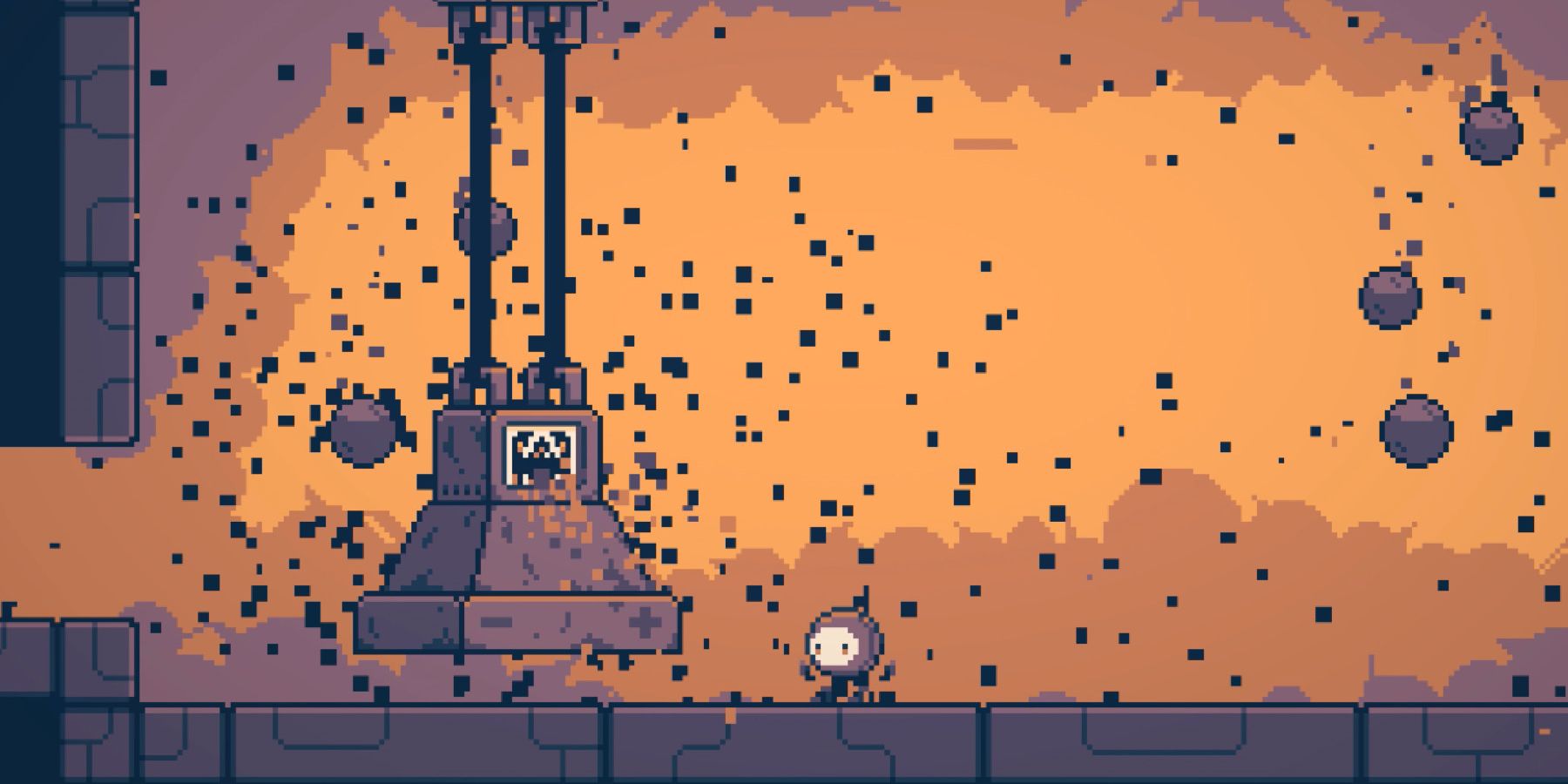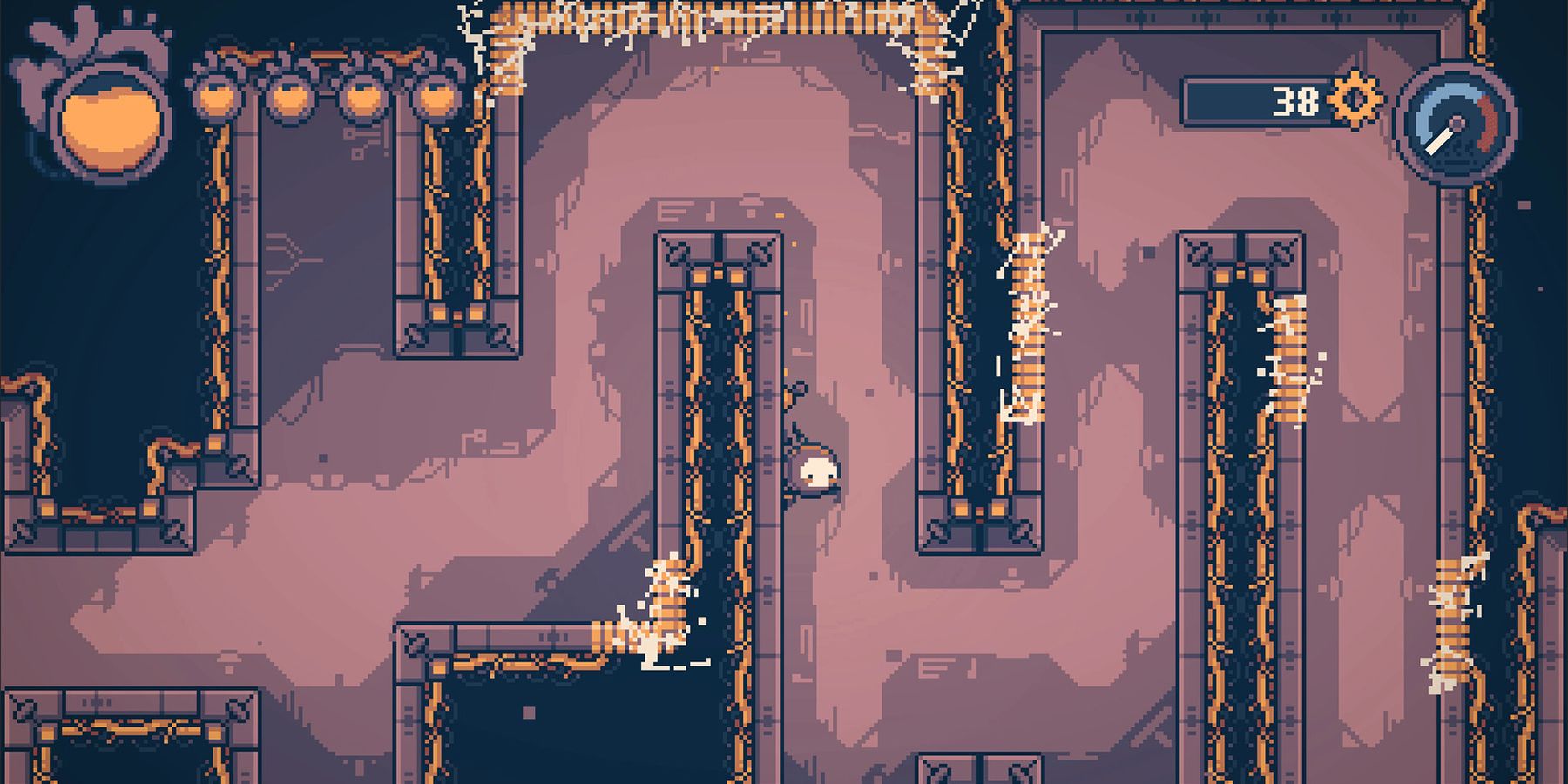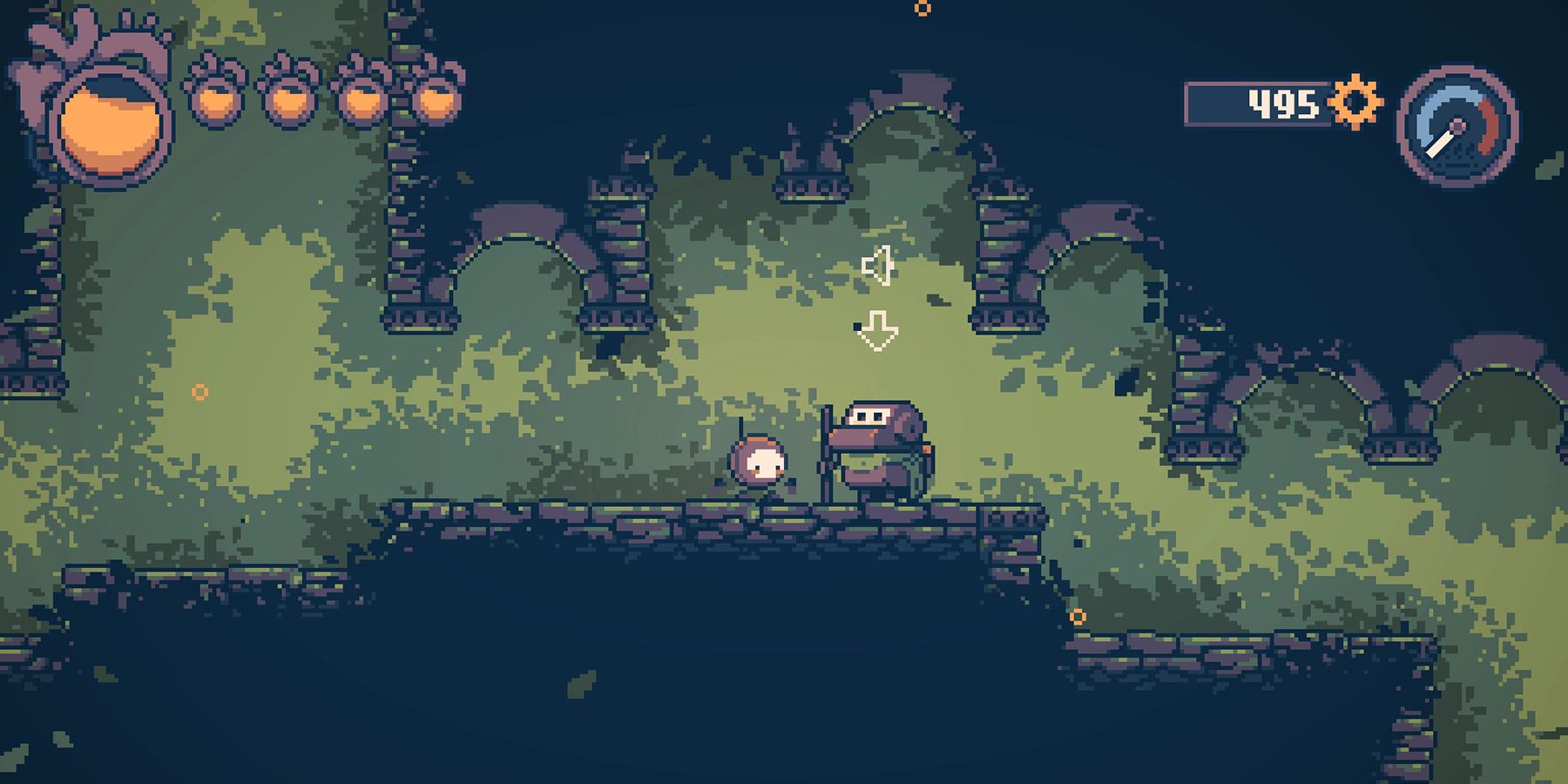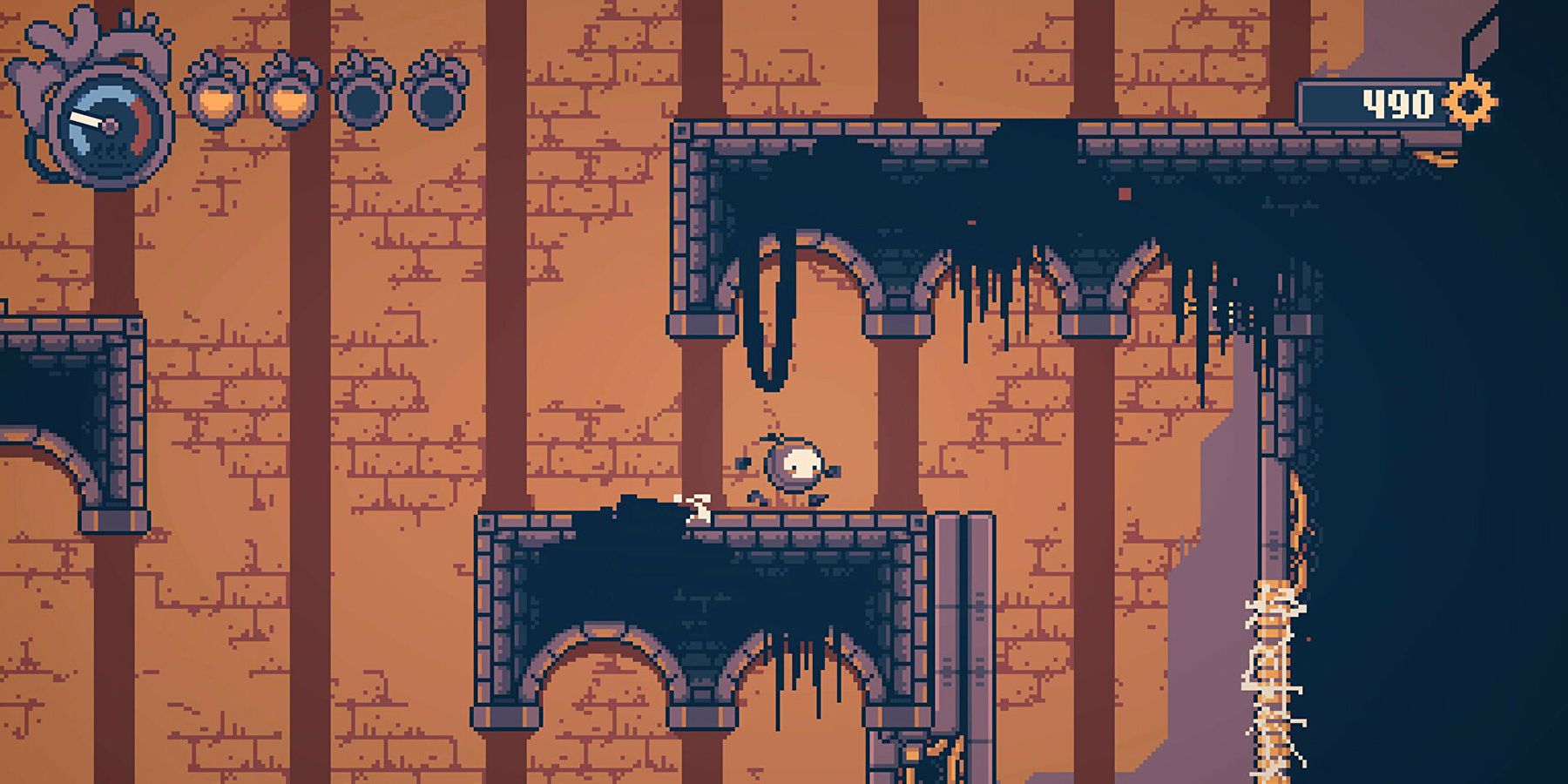Like many ambitious passion projects, Jordan Morris' Haiku the Robot is a love letter to the games that got him invested in the hobby as a child. The newly released indie title is a classic take on the metroidvania genre starring a cute robot who must do battle with corrupted machinery in the mysterious world of Arcadia. While Morris draws influence from modern platformers like Hollow Knight, Cuphead, and more, Haiku's heart beats with the blocky pixels of a classic Gameboy title.
Morris recently spoke with Game ZXC about his experiences as a solo developer and his fusion of modern upgrade mechanics with a classic aesthetic inspired by Nintendo's first portable console. The result is a quirky platformer boasting accessible mechanics and old-school challenge, wrapped up in a familiar aesthetic that will likely appeal to 90s-kid nostalgia.
Upgrades Three Ways
Haiku's combat is mechanically straightforward, but easily seasoned with a wide variety of upgrades, not unlike Hollow Knight's charm system. Morris also mentioned Cuphead as a prominent influence.
The chip and upgrade system is a little bit like Cuphead ’s upgrade system. You have a certain number of slots for different upgrades. You upgrade your abilities according to your playstyle. There are three types of chips: red, blue, and green.
Morris settled on this color-coded system with the aim of having players use a wide variety of upgrades, rather than simply stacking firepower or survivability. Each color of chip has a given specialty. Red chips are combat oriented, while blue chips are dedicated to defense, and green chips are a miscellaneous, quality-of-life category. Green chips are particularly versatile, ranging from stalwart upgrades like automated money collection to a map-assist chip that will automatically mark impasses with question marks. Though mechanically simple, keeping track of dead ends is an incredibly useful feature for navigating the sprawling maps of metroidvanias.
Memory Lane, Paved In Pixels
Many indie game projects focus on recapturing the magic of playing games as a child. Whether they are intended as a spiritual successor to a specific title, or focused on a more amorphous sensation of discovery, nostalgia is simultaneously a powerful driver for focusing development and a high barrier to overcome. Spiritual successors invariably draw comparisons to the games that inspired them, and nostalgic memories often grow larger than life in hindsight. Morris' solution was to embrace the mood of a specific platform, rather than a single game or franchise.
My favorite console growing up—I think my first console ever—was a Gameboy Color, so I have fond memories of that. And since I was looking to do a pixel art game, I looked to the games of the past—what they looked like when I played them. And I really liked that art style.
In certain respects, Morris' approach doubles down on a common trend in indie development: using pixel art as opposed to cellshading, 3D models, or other graphics to achieve a specific emotion. Haiku is reminiscent of classic Gameboy titles, which are, in many respects, even simpler than many other pixel art games hearkening back to SNES, Genesis, and PlayStation titles.
That simplicity adds a certain degree of distinction which sets Haiku apart from the pixel art platformer crowd. And a constant refrain in game design—that is particularly true of original Gameboy titles—is that working under constraints has a remarkable capacity for kindling creativity.
Controlling Scope with Aesthetics
Good vibes and nostalgia aside, Haiku's Gameboy aesthetic also served a practical purpose: scope control. Morris has art experience; he studied architecture, worked in marketing, and always had an interest in animation. But as a solo developer, he needed to find ways to keep his already-ambitious project manageable. Using an art style to set up guardrails is an excellent way to limit scope, as producing sprites and backgrounds are some of the most time-consuming and labor-intensive parts of game development.
The relatively simplistic, boxy style of graphics associated with classic Gameboy and Gameboy Color games provided a natural way to focus development. It also naturally dovetails with Morris' design philosophy, which prioritizes quality over shaking up traditional formulas. By Morris' own admission, Haiku does not make a conscious effort to modernize the metroidvania genre. Rather, the title aims to recapture the childhood glee of going on a Gameboy-esque adventure.
Haiku the Robot is available now on PC.


